Fire has been both a friend and an enemy of humankind for thousands of years. It gives us warmth, cooks our food, and powers industries. But at the same time, fire accidents cause thousands of deaths and billions of dollars in damage every year. According to the National Fire Protection Association (NFPA), U.S. fire departments respond to over 1.3 million fires annually, resulting in more than 3,500 civilian deaths.
To fight fire effectively, we must first understand what keeps it alive. Scientists once explained fire using the fire triangle (Fuel, Heat, Oxygen). But later, experts realised something was missing. This led to the introduction of the fire tetrahedron, which includes a fourth critical element: the chemical chain reaction.
What is Fire Tetrahedron?
The fire tetrahedron is a four-sided pyramid model that shows the four things fire needs to burn:
- Fuel: This is the material that burns, like wood, paper, gasoline, or natural gas.
- Heat: Fire requires sufficient energy to ignite. Heat sources can be matches, sparks, electricity, or even sunlight.
- Oxygen: Fire “breathes” oxygen. Normal air has about 21% oxygen, which is more than enough for a fire to survive.
- Chemical Chain Reaction: Once a fire starts, it sustains itself through a chain reaction. Molecules in the burning fuel break apart and release energy, which keeps the fire going.
In simple words, Fire is like a table with four legs. If you knock out even one leg (fuel, heat, oxygen, or chain reaction), the table falls, and the fire goes out.
The Evolution of Fire Science: From Fire Triangle to Fire Tetrahedron
For many years, fire was explained using the fire triangle. This simple model demonstrated that 3 elements were necessary for fire: fuel, heat, and oxygen. If any one of these was missing, fire could not exist. The fire triangle was easy to teach and understand, making it a useful concept for schools, workplaces, and basic fire safety training.
However, scientists and firefighters noticed that the fire triangle did not fully explain the behavior of fire. For example, certain extinguishing agents, such as halons and dry chemical powders, can stop a fire even when fuel, heat, and oxygen are still present. Something else was happening inside the fire that the triangle did not cover.
Combustion research revealed the missing factor: the chemical chain reaction. Once a fire starts, molecules of the burning fuel break apart, releasing free radicals, which are highly reactive particles. These radicals trigger additional reactions, releasing more heat and sustaining the fire. This process is self-sustaining, which is why some fires are extremely difficult to extinguish.
To incorporate this discovery, the model was updated from a three-sided triangle to a four-sided pyramid, also known as a tetrahedron. The fire tetrahedron now represents fuel, heat, oxygen, and the chemical chain reaction that occurs during combustion. This provided firefighters, safety professionals, and scientists with a much clearer understanding of how fires start, how they spread, and how they can be extinguished.
The transition from the triangle to the tetrahedron was not just a scientific update. It changed the way fire safety is taught and practiced. Modern firefighting strategies are built on the tetrahedron because it shows four different ways to stop a fire: remove the fuel, remove the heat, remove the oxygen, or break the chain reaction.
What are the Four Elements of the Fire Tetrahedron?
The fire tetrahedron is a four-sided pyramid that represents the four essential elements required for fire to exist. These elements are Fuel, Heat, Oxygen, and the Chemical Chain Reaction.
1. Fuel (The Substance That Burns)
Fuel is the material that burns. It provides the energy source for fire. Fuel can be a solid, like wood or cloth, a liquid, like gasoline or alcohol, or a gas, like propane or hydrogen. The type of fuel determines how fast a fire starts and how hot it burns. For example, a log takes longer to ignite than gasoline, but once it is burning, it can continue to burn for a longer period.
2. Heat (The Ignition Source)
Heat is the energy needed to raise the fuel to its ignition temperature. Without heat, even the most flammable materials cannot catch fire. Heat can come from matches, sparks, friction, sunlight, electricity, or lightning. Every substance has a specific ignition point. For instance, paper ignites at about 233 degrees Celsius (451 degrees Fahrenheit).
3. Oxygen (The Oxidizing Agent)
Oxygen is the element that supports combustion. Normal air contains about 21 percent oxygen, which is more than enough for fire to survive. When oxygen levels drop below about 16 percent, most fires cannot continue. On the other hand, in oxygen-rich environments, such as hospitals or laboratories, fires can spread rapidly and pose a significant danger.
4. Chemical Chain Reaction (The Self-Sustaining Process)
The chemical chain reaction is the self-sustaining process that keeps fire alive once it begins. During burning, fuel molecules break apart and release highly reactive particles called free radicals. These radicals continue to react with oxygen, releasing more heat and sustaining the fire. This is why some fires seem to feed themselves even after you try to cool or cover them.
Fire Triangle vs. Fire Tetrahedron
| Aspect | Fire Triangle | Fire Tetrahedron |
| Number of elements | 3 | 4 |
| Elements included | Fuel, Heat, Oxygen | Fuel, Heat, Oxygen, Chain Reaction |
| Focus | How fire starts | How fire starts and continues |
| Use in education | Basic fire safety, schools | Professional firefighting, workplace safety, detailed training |
| Limitation | Cannot explain chemical extinguishers | Explains all suppression methods, including chemical inhibition |
Why the Tetrahedron is More Accurate?
The fire triangle remains a valuable tool for teaching basic fire safety, particularly to children or those new to the subject. But the tetrahedron is the model used in modern fire science because it recognizes the role of the self-sustaining chain reaction. This fourth element is what makes some fires so persistent, and it explains why certain extinguishers—like dry chemical powders—work effectively.
How Fire Extinguishment Works (Breaking the Tetrahedron)?
The fire tetrahedron shows that four elements are required for fire to exist: Fuel, Heat, Oxygen, and the Chemical Chain Reaction. To extinguish a fire, you only need to remove or disrupt one of these four sides. Firefighting methods are based on this principle.
1. Removing Fuel
This method is called starvation. If there is no fuel, the fire has nothing to burn. Examples include shutting off a gas valve, moving unburned materials away from a fire, or creating firebreaks in wildfires by clearing vegetation.
2. Removing Heat
This method is called cooling. If the temperature of the fuel drops below its ignition point, the fire goes out. The most common example is pouring water on a wood or paper fire. Water absorbs heat and lowers the temperature, stopping combustion.
3. Removing Oxygen
This method is called smothering. If oxygen is not available, the fire cannot continue. Smothering can be done with foam, a fire blanket, sand, or carbon dioxide extinguisher. For example, covering a burning pan with a lid removes oxygen and puts out a grease fire.
4. Breaking the Chemical Chain Reaction
This method is called inhibition. It involves interrupting the self-sustaining chemical process of fire. Special extinguishing agents such as dry chemical powders or halon gases are used. These substances interfere with the free radicals that keep the fire burning, effectively “breaking the chain” even if fuel, heat, and oxygen are still present.
Why This Matters?
Firefighters and safety professionals choose extinguishing methods based on which side of the tetrahedron is easiest or safest to remove. For example, water is ideal for wood and paper fires but dangerous for electrical or oil fires. In those cases, smothering or chain reaction inhibitors are better options.
Real-Life Applications of the Fire Tetrahedron
The fire tetrahedron is not just a scientific concept. It has many practical uses in firefighting, workplace safety, home protection, and fire investigation. By understanding how the four elements: fuel, heat, oxygen, and the chain reaction work together, we can more effectively prevent and control fires.
1. Firefighting
Firefighters use the fire tetrahedron to decide the best way to tackle a fire. For example, in a wood or paper fire, cooling with water removes heat. In a fuel spill fire, foam is used to smother oxygen and cover the liquid. In an electrical fire, dry chemical powder is used to break the chemical chain reaction because water would be dangerous. The model guides firefighting tactics in every situation.
2. Industrial and Workplace Safety
Industries with high fire risks, such as oil refineries, chemical plants, and factories, use the fire tetrahedron in fire prevention planning. Fuel sources are stored safely, ignition sources are controlled, and oxygen-rich environments are monitored. Fire risk assessments are based on identifying how the four sides of the tetrahedron might come together, and then preventing that from happening.
3. Home and Community Safety
After a fire, investigators use the tetrahedron to understand how the fire started and spread. They look for the fuel source, the heat or ignition point, the oxygen supply, and signs of how the chain reaction was sustained. This helps determine whether the fire was accidental or intentional. In cases of arson, knowing which side of the tetrahedron was manipulated can provide crucial evidence.
4. Fire Investigation
The fire tetrahedron explains many everyday fire safety practices. Covering a grease fire with a lid removes oxygen. Installing smoke detectors alerts people before fuel and heat buildup enough to sustain a fire. Fire extinguishers in kitchens, offices, and cars are designed to target one side of the tetrahedron, whether by cooling, smothering, or breaking the chain reaction.
5. Training and Education
Fire safety training programs for workers, students, and community members use the tetrahedron to teach fire prevention and emergency response. By understanding the four elements, people learn that fire is not mysterious; it follows clear rules. This knowledge empowers them to act quickly and correctly in an emergency.
Importance in Occupational Safety & Health
The fire tetrahedron is more than a scientific model. It is a practical tool for workplace safety, playing a critical role in occupational safety and health programs worldwide. Understanding how fireworks help employers and workers prevent accidents, protect lives, and reduce property damage.
1. Fire Risk Assessments
Workplaces are legally required in many countries to carry out fire risk assessments. The fire tetrahedron provides a framework for identifying risks. Safety officers analyze the presence of fuel sources, ignition sources, oxygen supply, and the potential for chain reactions. By understanding how these elements interact, they can implement effective prevention measures.
Case Example: In warehouse storage facilities, fuel loads are often high due to the presence of cardboard boxes, wooden pallets, and stored goods. By recognizing fuel as one side of the tetrahedron, companies implement sprinkler systems and fire-resistant storage designs to minimize the risk of fire.
2. Training and Awareness
Fire safety training for employees is often based on the tetrahedron. Workers learn that removing even one element can stop a fire. For example, turning off machinery removes heat, isolating chemicals removes fuel, and fire blankets cut off oxygen. This simple knowledge gives workers confidence to respond quickly in an emergency.
Case Example: In restaurant kitchens, grease fires are a common occurrence. Staff are trained not to throw water on these fires because water spreads the burning oil. Instead, they are taught to cover the pan with a lid, removing oxygen, which directly applies the tetrahedron principle.
3. Fire Prevention Policies
Occupational safety policies are designed to control the four key elements. Companies limit the amount of fuel stored on-site, ensure proper electrical safety to minimize heat sources, utilize ventilation systems to regulate oxygen levels, and maintain fire extinguishers that can break the chain reaction. The tetrahedron serves as the backbone of these policies.
Case Example: In chemical plants, strict rules govern the storage of chemicals (fuel). Fire-resistant cabinets, grounding of containers to prevent sparks (heat), and proper ventilation (oxygen control) all reflect the tetrahedron’s elements in policy form.
4. Compliance with Standards
International standards, such as those established by the Occupational Safety and Health Administration (OSHA) in the United States and the National Fire Protection Association (NFPA) codes, are based on fire science that incorporates the tetrahedron. Compliance with these regulations protects workers and shields companies from legal and financial risks.
Case Example: After a factory fire in Bangladesh (2012) killed more than 100 workers, investigations revealed poor fire exits and unsafe storage of fuel sources. This tragedy highlighted the importance of following international fire codes based on tetrahedron principles.
5. Emergency Planning
Understanding the fire tetrahedron also shapes emergency plans. Evacuation routes, fire drills, and the placement of extinguishers are based on how fires start and spread. In high-risk industries such as oil and gas, mining, and chemical manufacturing, the tetrahedron guides strategies for containing fires before they escalate into disasters.
Case Example: During the Deepwater Horizon oil rig fire (2010), the uncontrolled release of fuel (oil and gas) and ignition sources led to one of the worst industrial disasters in history. Emergency response plans now stress controlling the fuel side of the tetrahedron to avoid similar accidents.
Conclusion
The fire tetrahedron explains that fire needs four elements to exist: fuel, heat, oxygen, and a chemical chain reaction. It expands on the older fire triangle by adding the chain reaction, which illustrates how fire sustains itself once it has started. This model is not only important for understanding fire science but also for real-life applications in firefighting, workplace safety, and home protection. By removing even one of the four elements—such as cooling the heat, cutting off oxygen, clearing fuel, or interrupting the chain reaction—a fire can be extinguished. In simple terms, the fire tetrahedron provides us with both the knowledge to understand fire and the tools to control it.



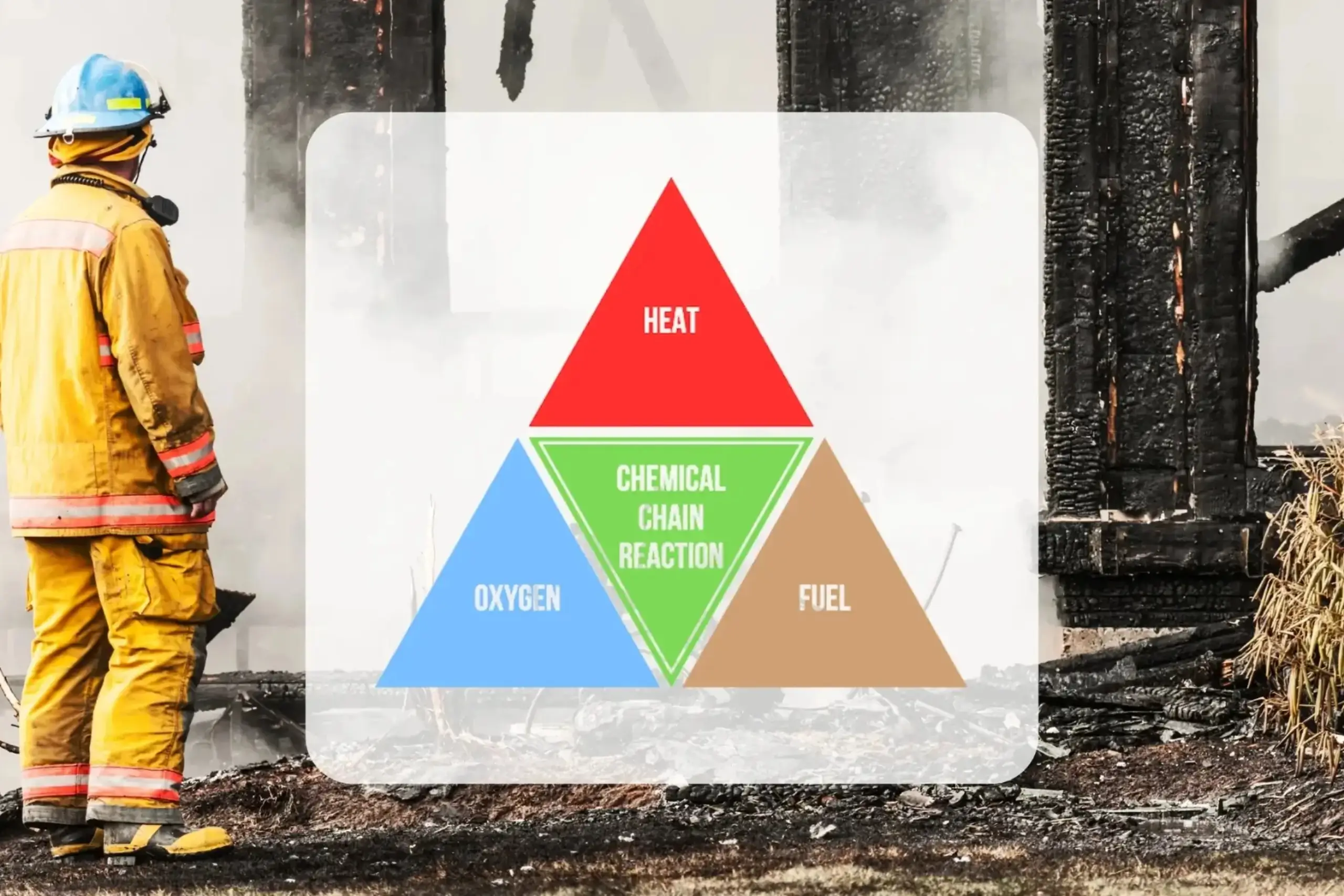





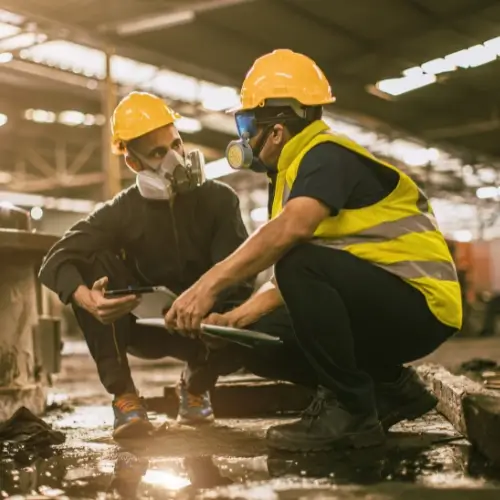
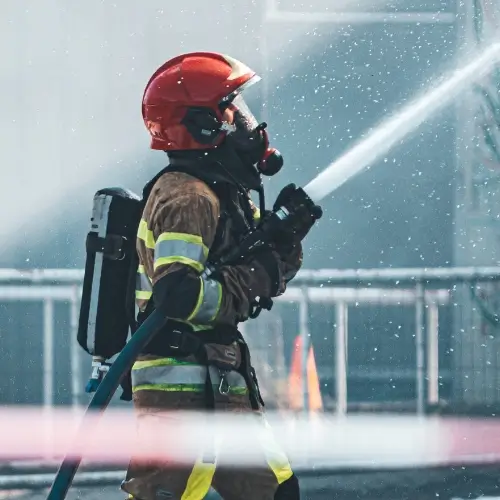



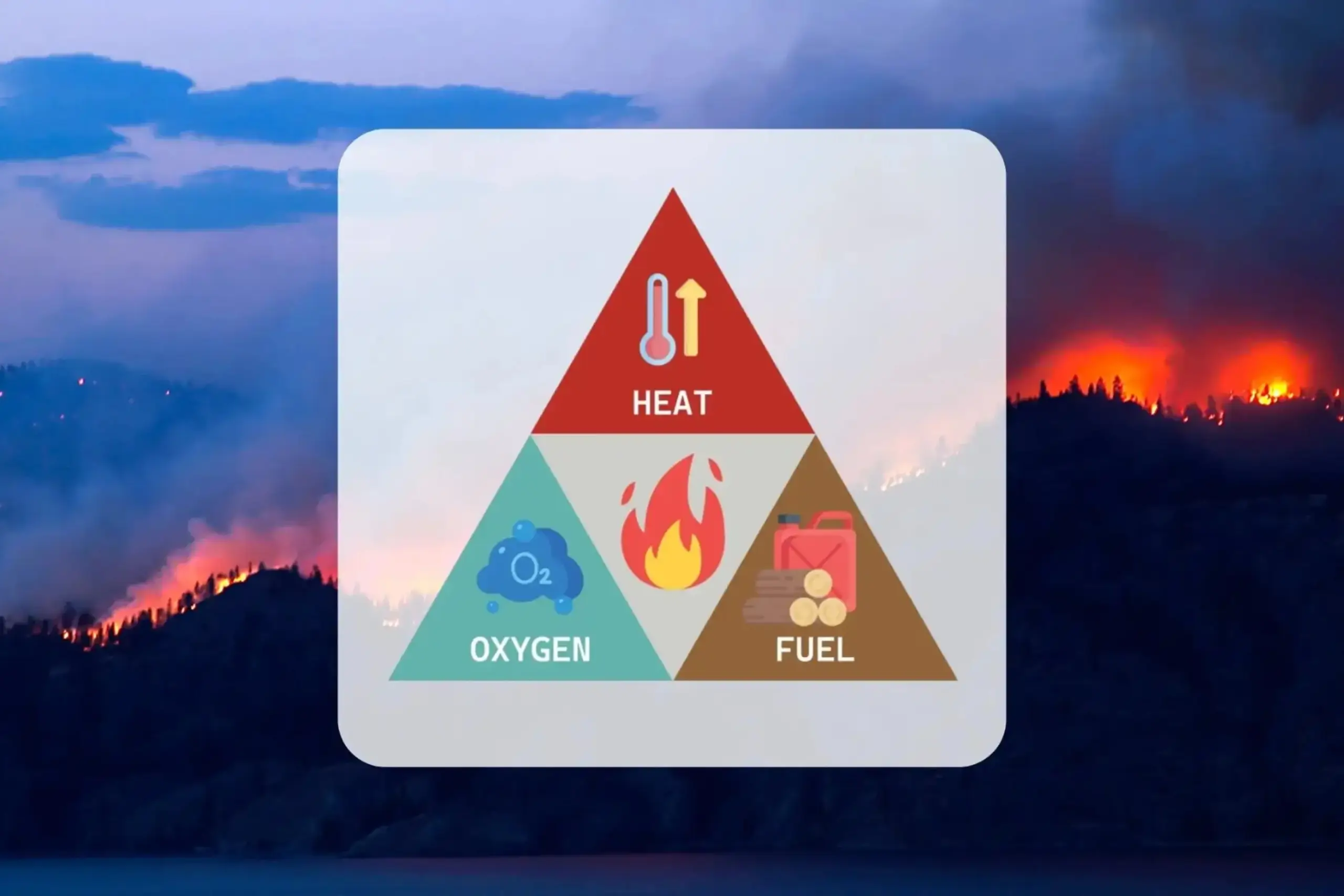



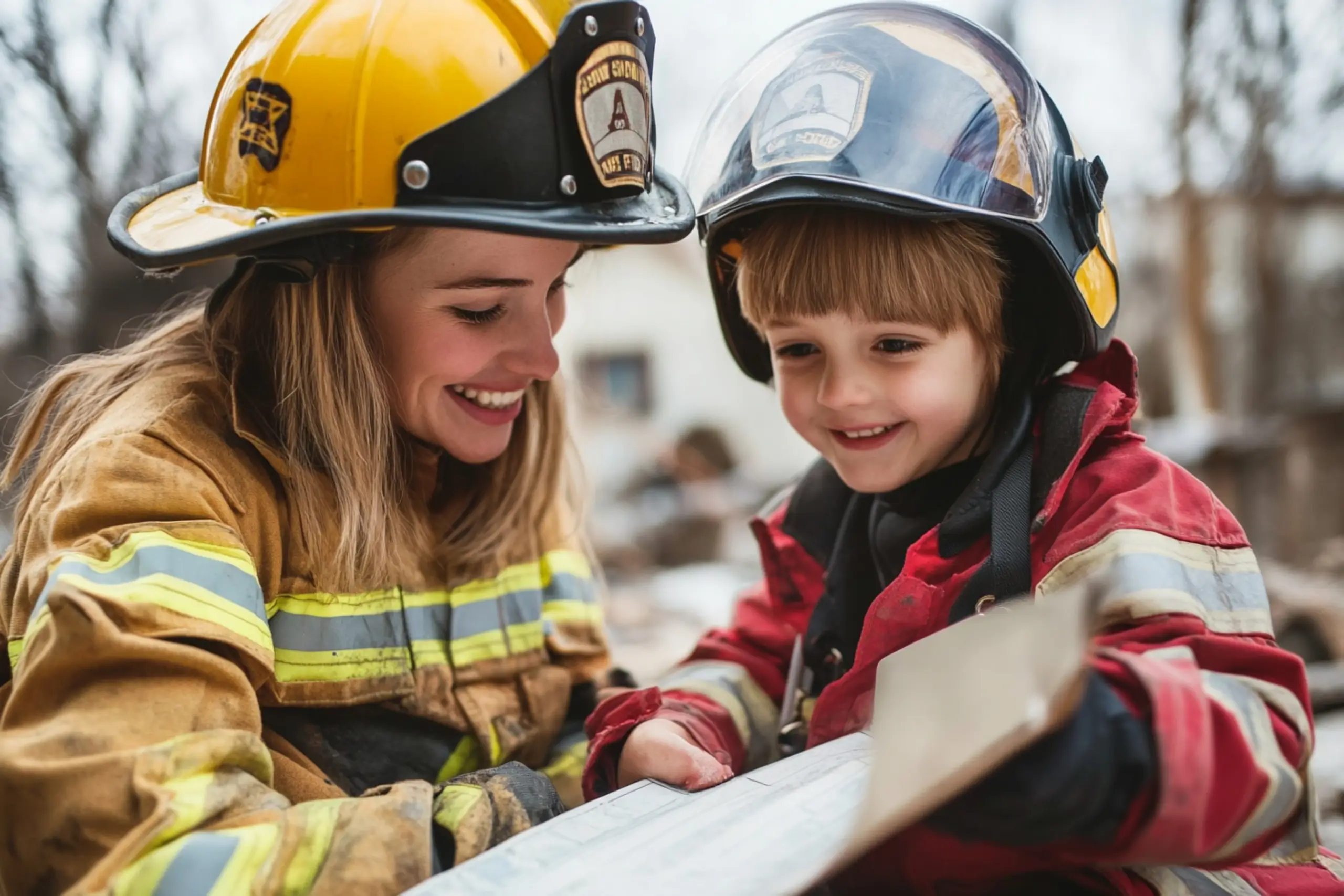

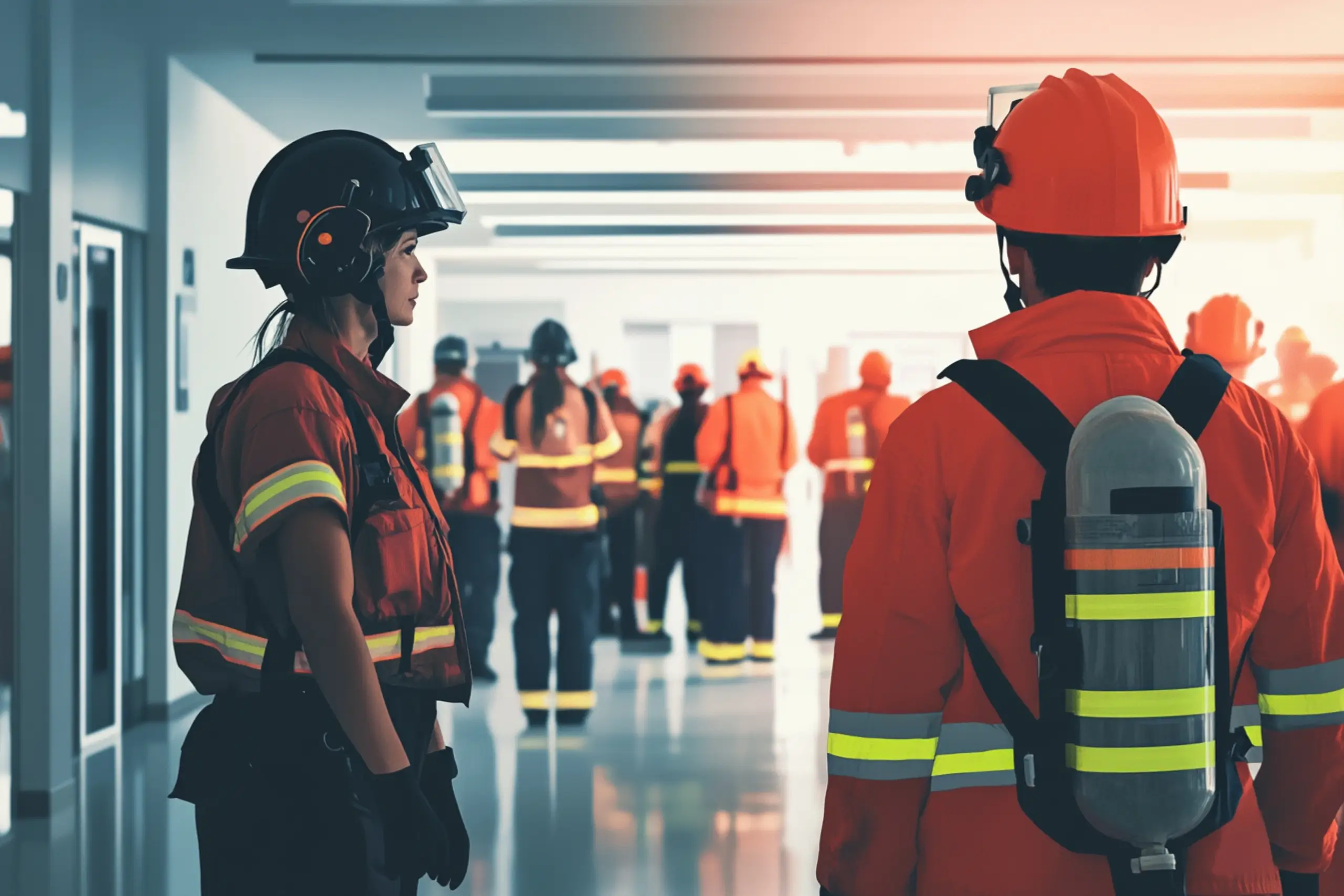

Discussion & Comments